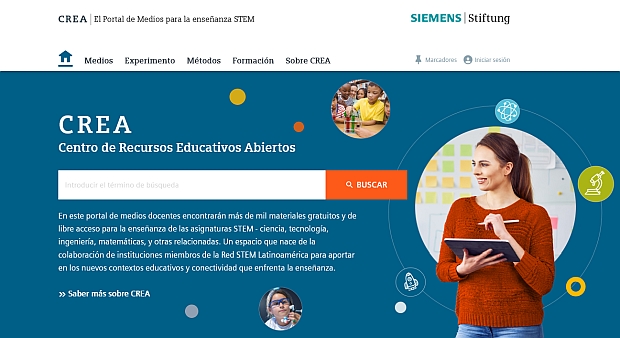2. Separation methods – 2.1 Plastic bottle for water purification (teacher instructions)
Text
Experimentation instructions:
Background information on the content and practical information on conducting the “Plastic bottle for water purification" experiment.
Available in:
English
Type of media:
Text
Last update:
2022-10-24
License:

This medium is made available under a CC BY-SA 4.0 international license.
What does this mean?
How to reference this medium

This medium is made available under a CC BY-SA 4.0 international license.
What does this mean?
How to reference this medium
Media package:
Description:
This model experiment demonstrates the natural purification process for contaminated water. Many cities drain polluted water from rivers into the soil and recycle it as purified water from deep wells for further use as drinking water.
When water contains toxic substances such as fluorides, charcoal can be used as a cleansing agent. Due to its porosity, charcoal has a large surface area that adsorbs unwanted substances and the filtered water can be used as drinking water. This process is carried out in many African countries, as charcoal is a cheap filter material.
One item deals with „Technical application and vocational orientation“.
When water contains toxic substances such as fluorides, charcoal can be used as a cleansing agent. Due to its porosity, charcoal has a large surface area that adsorbs unwanted substances and the filtered water can be used as drinking water. This process is carried out in many African countries, as charcoal is a cheap filter material.
One item deals with „Technical application and vocational orientation“.
Related media:
Learning resource type:
Experiment
Subjects:
Biology; Chemistry; Technology
Grade levels:
Grade 7 to 9; Grade 10 to 13
School types:
Middle/high school; Vocational training
Keywords:
Drinking water; Environmental education; Sewage plant; Waste water; Water treatment
Bibliography:
Siemens Stiftung Media Portal
Author:
Dieter Arnold
Rights holder:
© Siemens Stiftung 2022



